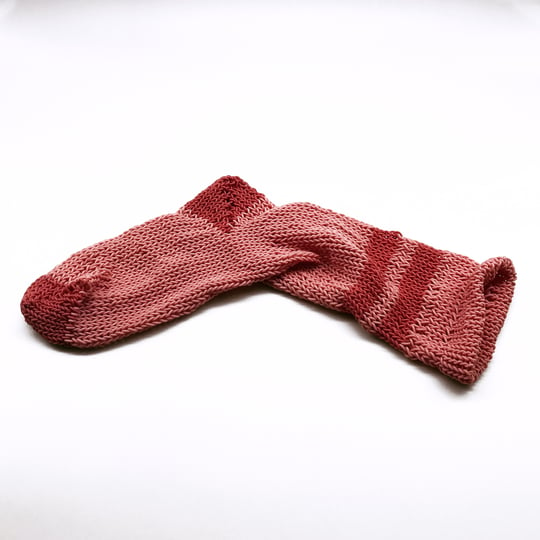
When picking through photo albums at thrift stores in 2011, artist Ben Alper found one containing a gold mine of imagery. The second-hand album was full of 4-by-6 photographs that Alper used as the subject and material for an artist’s book, titled Adrift. It’s a visual essay of borrowed images from the found photo album. The artist, a recent MFA from the University of North Carolina, arranged, cropped, and manipulated select photographs to form a fragmented narrative of two young men on a 1991 cruise.
The title of the project references the displacement of the photographs from the original owner as well as the cruise vacation depicted in those photographs. Many of the book’s pages contain one photograph, while some are blank or two-page spreads of photos of sunsets. The kitsch imagery in the photographs allures the reader into such scenes as the filling of a champagne tower and of a tan young man posing on a bridge above a glistening pool. But the substance of Alper’s book is in the narrative’s ambiguity. Just the right amount of information is given to create interest in the two characters, while enough is withheld to cause the reader to flip back and forth between the pages.

Alper manipulated particular images by shifting them as they were being digitally scanned. The intentional distortions are reminiscent of a television with bad reception. He layered the distorted and undistorted images, so sometimes the editing process is evident and at other times more subtle. Selection and placement of the images are vital considerations of the book’s design, which Alper utilized to give the reader a tactile and time-based experience. A cropped image on one page might repeat on the next page without cropping, which leads the viewer to notice specific details in the cropping. Some images portray individuals posing while others depict a static object, such as a security camera. From page to page, the images are connected by visual cues and sequential events.
At first glance, Alper seems to have arranged a selection of amateur photos of fruit bouquets and tacky wall murals. The 38 selected snapshots of decor, landscape, and costumes are humorous and strange. It is unclear who the two young men in many of the images are or what their relationship is; they could be friends, lovers, or even brothers. In the beginning of the book, spectators send off a boat from the port and the subsequent images form a cycle of sunsets, night parties, and day trips on shore. Such specifics as names, locations, and dates are excluded, leaving room for the viewer’s imagination. Other characters make brief appearances in the book but are often distorted through digital editing. Spread throughout the book are such scenes as women dancing in fur, people wading on an island beach, and a man sitting on the floor covered in streamers. On its own, the critique of the decades-old images would be outdated, but sincerity sneaks in through the attention paid to the two main characters.

The feat of Adrift is getting the reader to reenact the same investigative process that Alper initially carried out. The displaced photo album exists as an archive of an experience had by the two unidentified men; Adrift is an archive of Alper’s experience with the secondhand store album. In both cases, the reader is observing the artifacts and narrative of another’s experience. The viewer of Adrift will never encounter the original album, only Alper’s twice-removed simulation, and one photograph from the original album that he has inserted into each of the 150 book editions, a tease from the original album, whose photographs are now also set adrift.
Editions of Adrift are available for $35 at Flat Space Books.
Kellie Bornhoft is an artist working in Raleigh, North Carolina.




